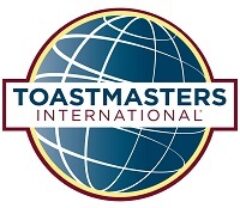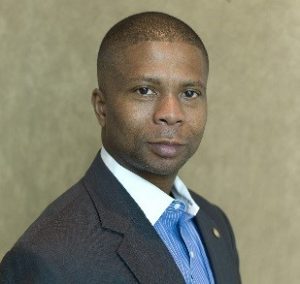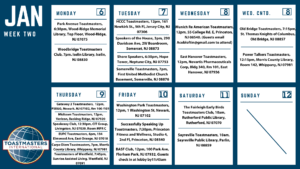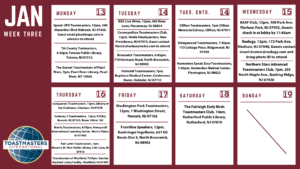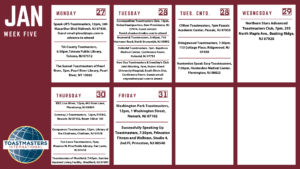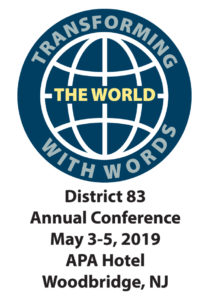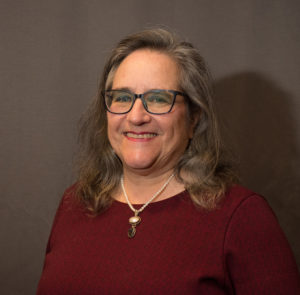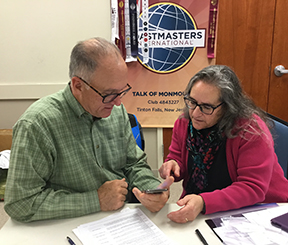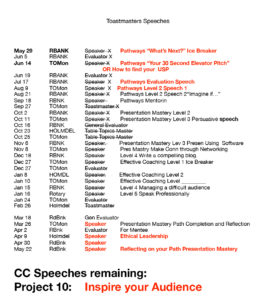In August 2018, I participated in the Toastmasters World Championship of Public Speaking semi-finals in Chicago, IL. Starting with over 35,000 contestants entering local contests, this competition has been called the “American Idol” of public speaking – the largest of its kind in the world. I placed 2nd in my round, which ranked me among the top 20 speakers in Toastmasters globally. My speech, “Like A Princess,” was a humorous and emotional story about my daughter Sydney’s 5th birthday party and the lessons I learned about creating special moments for the people I love. The story and the underlying message resonated with the audience and the judges. Since the contest, I reflected on my experiences to provide the following considerations if you plan to chase the championship:
Clear Messages, Well Delivered – The top speakers connected with the audience with crystal clear messages that were expertly delivered. The best contest speeches were finely crafted messages, with purposeful words, clear take-always, and a strong call to action. Top speakers bring audiences into their stories, carry them through a range of emotions, and connect with them on a personal level. Delivery is equally as important since the goal is to establish your credibility, and communicate a powerful message. A clear message with a strong delivery is an unbeatable combination.
Purposeful Practice & Preparation – We become experts by purposefully preparing and practicing our craft. Top contestants demonstrated a higher level of preparedness. In 2018, I practiced with dozens of Toastmasters clubs, with audiences of various sizes, backgrounds, and levels expertise to get critical feedback on where to adjust my speech and delivery. Every time you get on stage should be viewed as an opportunity to practice and prepare for the next speech.
Collaboration Is Critical – Your ability to collaborate is critical to your trajectory as a speaker. It allows you to elevate your skills in a shorter period of time, while getting others invested in your success. I am grateful for my Toastmaster colleagues. Their contribution to my public speaking journey has been priceless. Collaboration allows speakers to better connect with their audiences and enables us to achieve outstanding results.
Even if you never plan to chase the championship, and you just want to excel at public speaking, it is critical to deliver clear messages, practice purposefully, and collaborate with colleagues. Consider attending a local Toastmaster meeting to begin your journey.
About the Author:
Mario Lewis, DTM, is an award-winning, energetic speaker, and presentation coach, who provides audiences and individuals with motivational messages and strategies to become powerful and dynamic communicators. He delivers high-powered talks at leadership conferences, and corporate events that teach people how to CONNECT with their audiences to make their message unforgettable. As a finalist in the Toastmasters’ 2012 World Championship of Public Speaking (and a semi-finalist in 2017 and 2018), the largest public speaking contest in the world, Mario has demonstrated the unique ability to engage audiences of all sizes and backgrounds.
Email: Mario@MarioLewisConnects.com
Website: https://mariolewisconnects.com/
LinkedIn: https://www.linkedin.com/in/mario-lewis-5963a51a7/
